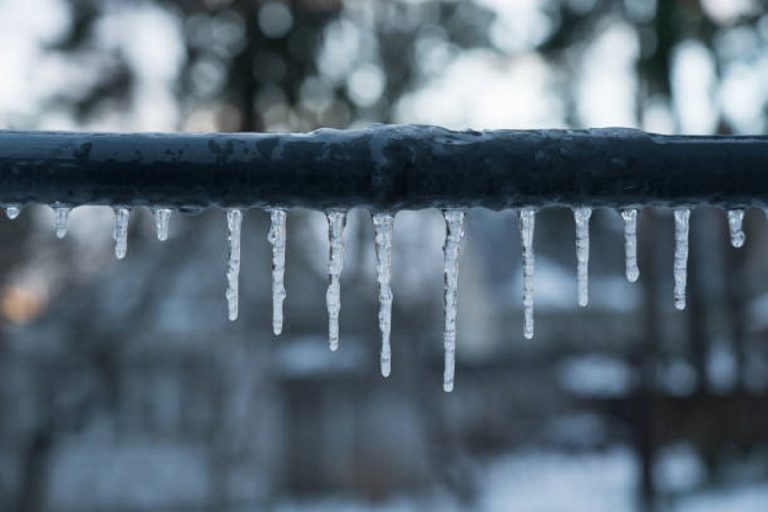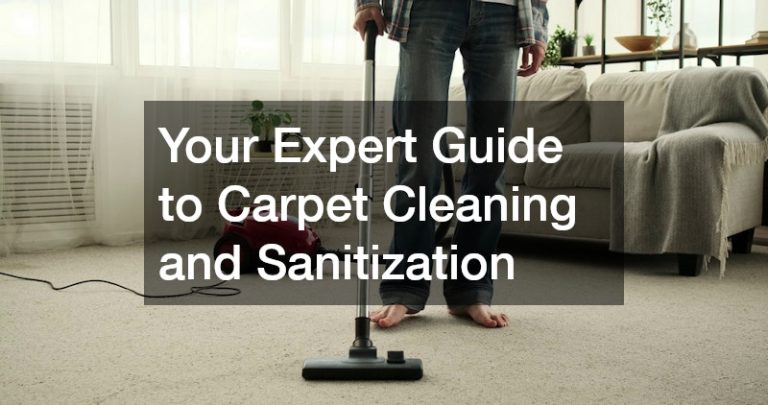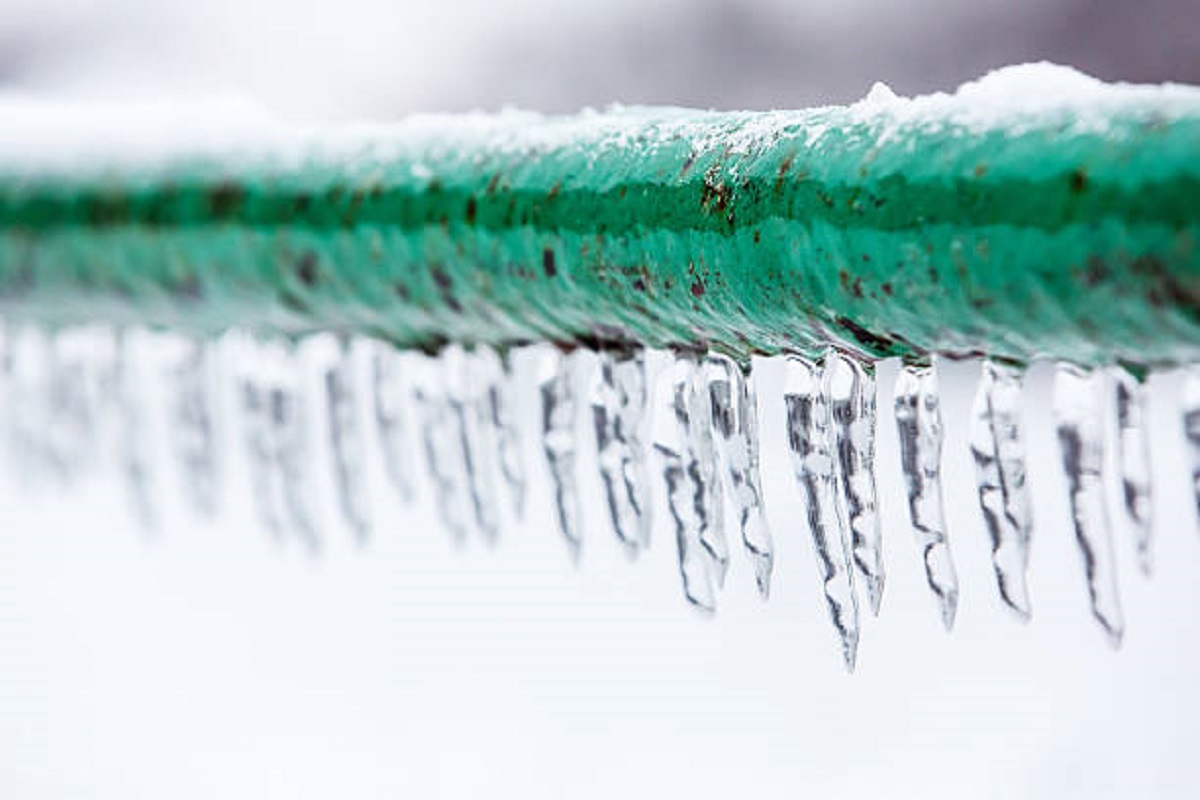

- Frozen pipes can burst and cause major water damage, so early detection is critical for every homeowner.
- Pipes in exterior walls, unheated spaces, under sinks, or crawl spaces are most at risk of freezing.
- Key signs of frozen pipes include no water flow, strange noises, frost or condensation on pipes, cold walls, and sudden changes in water pressure.
- Safe methods to check and thaw pipes include opening faucets, inspecting pipes visually, feeling for cold spots, and using controlled heat sources like hairdryers or heat lamps.
- Prevention is essential: insulate vulnerable pipes, seal drafts, keep faucets dripping, maintain indoor temperature, and open cabinet doors.
- DIY thawing should be done carefully; avoid open flames, boiling water, or forcing water through frozen pipes.
- Professional plumbers should be called for hard-to-reach frozen pipes, visible cracks, persistent flow issues, or for long-term protection solutions.
Winter can be beautiful, but it comes with a unique set of home maintenance challenges. One of the most common—and potentially disastrous—issues is frozen pipes. A burst pipe can lead to thousands of dollars in damages, so knowing how to know if pipes are frozen before a burst happens is critical for every homeowner. In this guide, we’ll cover the signs, prevention tips, and what to do if you suspect frozen pipes.
Why Frozen Pipes Are a Big Deal
When water freezes, it expands. That expansion can create intense pressure inside your pipes, often causing cracks or bursts. Some pipes might survive a mild freeze, but prolonged exposure to freezing temperatures can cause permanent damage.
The tricky part is that you might not notice the problem until it’s too late. By learning the warning signs of frozen pipes, you can take action early and avoid expensive repairs.
Common Pipes That Freeze First
Not all pipes freeze at the same rate. Some areas of your home are more vulnerable:
- Pipes in exterior walls
- Pipes in unheated spaces like basements, attics, or garages
- Pipes under sinks or near windows
- Water supply lines in crawl spaces
Knowing which pipes are at risk helps you focus your preventive measures and early detection efforts.
How to Know If Pipes Are Frozen: 6 Plumbing Warning Signs to Watch
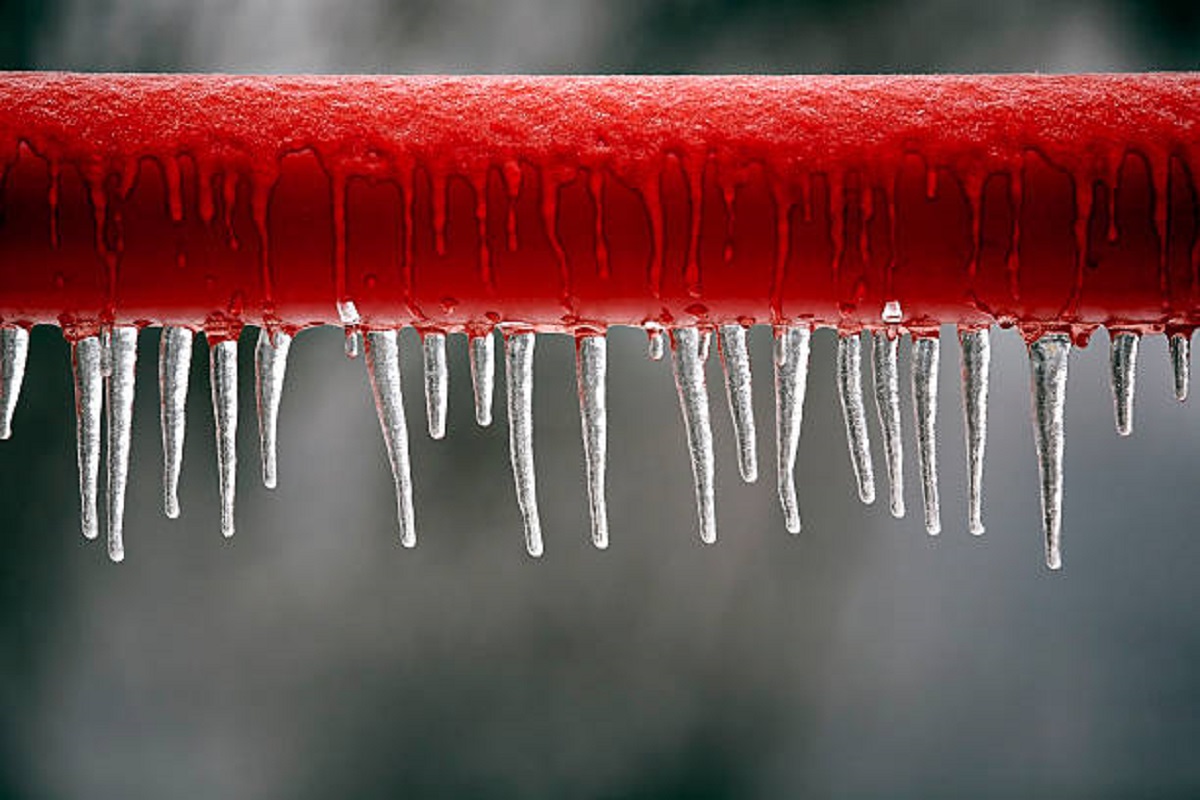
Catching frozen pipes early is key to preventing serious water damage. Pipes rarely freeze without giving some warning signs. Knowing what to look for can save you from a burst and costly repairs. Here are the key indicators, explained in more detail:
No Water Flow
One of the most obvious signs of frozen pipes is a lack of water. If you turn on a faucet and only get a trickle—or nothing at all—it’s a major red flag. Keep in mind that this could occur in just one area of your home if only certain pipes are affected. Check multiple faucets to see if the problem is localized. A slow flow may also indicate partial freezing, where ice is restricting water movement but hasn’t completely blocked it.
Strange Noises in Your Plumbing
Pipes can make unusual sounds when water freezes inside them. Listen for clicking, banging, or gurgling noises. These occur because ice expansion creates pressure in the pipes, causing them to shift or rub against walls. Some noises may sound like the pipes are “popping” or contracting. Paying attention to these sounds is especially important in areas you don’t use often, like guest bathrooms, basements, or utility closets.
Frost or Condensation on the Pipes
Visible frost, ice, or excessive condensation on your pipes is a clear warning sign. Pipes in unheated areas, such as attics, garages, or crawl spaces, are particularly vulnerable. Frost often appears as a thin layer of ice or a white powdery coating. Even a small patch of frost should prompt you to take action quickly before the freeze spreads along the pipe.
Unusually Cold Walls or Surfaces Near Pipes
Sometimes the freeze isn’t visible on the pipe itself, but you can feel it elsewhere. Cold spots on walls, floors, or ceilings where water lines run can indicate frozen water inside. This is particularly noticeable in exterior walls or areas with poor insulation. Touch the surfaces near your plumbing regularly during cold snaps to detect temperature changes early.
Sudden Changes in Water Pressure
Ice inside your pipes creates a blockage that can affect water pressure. If you notice a sudden drop in water pressure or inconsistent flow from multiple faucets, frozen pipes could be the culprit. Even partial freezing can cause fluctuating water pressure as the ice shifts and blocks water flow in varying amounts.
Signs of Exterior Exposure
Pipes located near windows, doors, or uninsulated areas may show early signs of freezing before you see symptoms inside. Look for frost on windowsills or condensation around pipe fittings near exterior walls. If you see these indicators, it’s likely time to inspect the nearby pipes.
Recognizing these signs early gives you a crucial window of time to take action before a pipe bursts. The earlier you detect freezing, the simpler and safer it is to thaw pipes or prevent damage altogether.
How to Safely Test if Pipes Are Frozen
If you suspect frozen pipes, you don’t have to panic. Here are safe ways to check:
- Open the faucets – Turn on the taps connected to the suspected frozen pipes. If water flows slowly or not at all, there’s likely a freeze.
- Inspect pipes visually – Look for frost, bulges, or cracks in the pipe.
- Feel the temperature – Carefully touch the pipe. If it’s extremely cold to the touch compared to surrounding areas, it may be frozen.
- Use a hairdryer or heat lamp – Gently warming the exterior of the pipe can help determine if water starts to flow. Avoid open flames, which can be dangerous.
What Causes Pipes to Freeze?
Understanding the causes can help you prevent them in the future. The main reasons include:
- Low temperatures – Prolonged exposure to freezing weather is the most obvious factor.
- Poor insulation – Pipes without proper insulation are more prone to freezing.
- Drafts – Cold air entering from windows, doors, or gaps around pipes can accelerate freezing.
- Neglected water flow – Standing water in pipes is more likely to freeze than moving water.
Preventing Frozen Pipes
Prevention is always better than repair. Here are some ways to protect your home:
- Insulate vulnerable pipes – Foam insulation or heat tape works well for pipes in unheated areas.
- Seal leaks and drafts – Check for gaps around windows, doors, and exterior walls.
- Keep faucets dripping – A slow trickle of water can prevent freezing by keeping water moving.
- Maintain home temperature – Keep your home at least 55°F (13°C) during extreme cold.
- Open cabinet doors – Let warm air circulate around pipes under sinks and near walls.
Quick Fixes for Frozen Pipes
If you catch the problem early, you can sometimes restore water flow safely. Here’s how to unfreeze pipes using simple, effective methods:
- Use a hairdryer – Apply heat gradually starting from the faucet and moving toward the frozen section.
- Apply warm towels – Soak towels in warm water and wrap them around the pipe.
- Heat lamp or space heater – Place near the pipe in a safe manner, keeping flammable materials away.
- Portable electric heater – Useful in basements or garages, as long as you maintain a safe distance.
What Not to Do
- Never use an open flame like a torch.
- Avoid pouring boiling water directly on pipes—it can cause cracks.
- Don’t try to force water through frozen pipes, as pressure can cause a burst.
When to Call a Professional Plumber
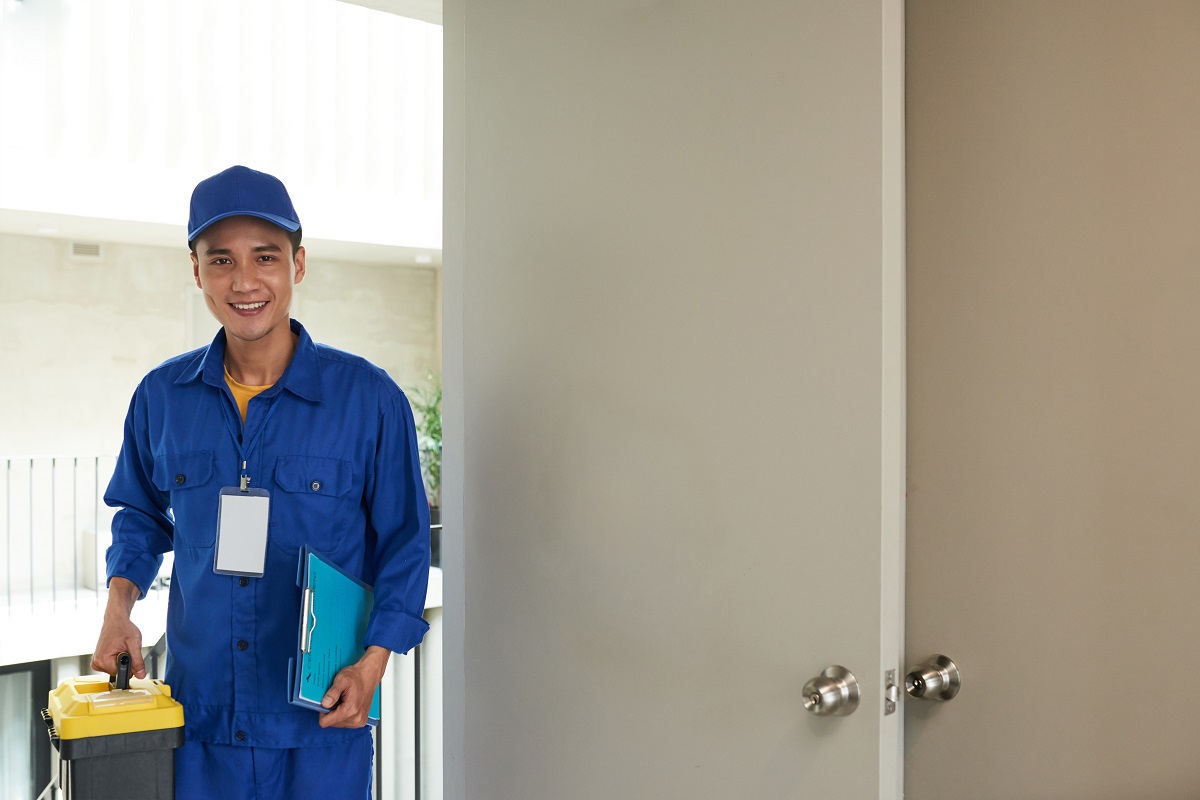
Sometimes, DIY solutions aren’t enough. Contact a professional plumbing service if:
- Pipes are frozen in walls or hard-to-reach areas
- You notice cracks or leaks while trying to thaw pipes
- Water is not flowing after a few hours of gentle thawing
- You want to install long-term protection like pipe insulation or heating systems
A professional plumber can assess the risk of a burst, thaw pipes safely, and prevent future problems.
How to Prevent Pipes from Freezing During Travel
If you’re leaving home for extended periods in winter:
- Shut off the main water supply.
- Drain your plumbing system completely.
- Keep the home heated to at least 55°F (13°C).
- Consider installing smart water sensors that alert you to drops in temperature or leaks.
Preparing Your Plumbing for Winter
Preventive maintenance is essential. Here’s a seasonal checklist:
- Inspect and insulate all exposed pipes
- Check water pressure and fix any irregularities
- Service sump pumps and water heaters
- Clear gutters and downspouts to prevent water backup
Taking these steps reduces the likelihood of frozen pipes and helps protect your home.
Common Myths About Frozen Pipes
- Myth: Pipes won’t freeze if the faucet is off.
Truth: Even closed pipes can freeze if temperatures drop below freezing. - Myth: Only pipes in unheated areas freeze.
Truth: Pipes in heated areas can freeze if insulation is poor or drafts exist. - Myth: A little freeze won’t hurt pipes.
Truth: Any freeze can increase pressure and potentially cause a burst.
Signs of Damage After Pipes Freeze
Even if you thaw frozen pipes successfully, check for damage:
- Leaks or drips after thawing
- Water stains on walls or ceilings
- Cracks or bulges in pipes
- Corrosion or rust around pipe joints
Addressing these issues early prevents long-term damage.
Tools That Help Detect Frozen Pipes
- Infrared thermometer – Detects unusually cold pipe sections
- Moisture meter – Finds leaks caused by freezing
- Smart water sensors – Alerts you to temperature drops or water flow issues
- Pipe insulation materials – Prevents future freezing
Using these tools makes it easier to catch problems before a burst occurs.
In Closing
Knowing how to know if pipes are frozen is crucial for every homeowner. Frozen pipes can happen quickly, especially during harsh winter months, but with awareness, preventive measures, and timely action, you can avoid costly damage. Inspect your home, recognize the warning signs, and be prepared to thaw or protect your pipes safely. A combination of DIY vigilance and professional support ensures your plumbing survives winter without any mishaps.
By taking action early and understanding your home’s vulnerabilities, you can enjoy the winter season without worrying about unexpected plumbing disasters.
